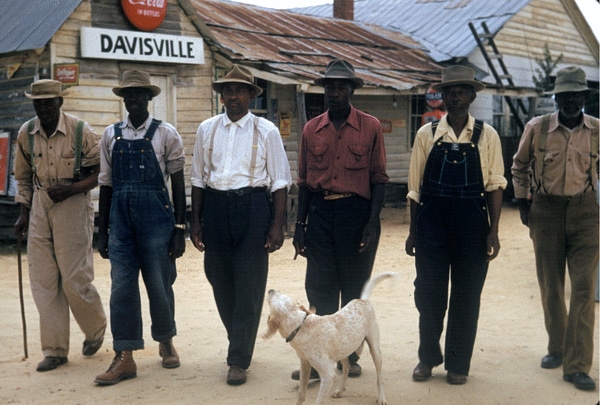Frequently Asked Questions
Frequently Asked Questions

References
1 Vonderlehr to Clark, October 20, 1932, Records of the USPHS Venereal Disease Division, Record Group 90, National Archives, Washington National Record Center, Suitland, Maryland.
2 Gray, Fred D. The Tuskegee Syphilis Study: An Insider’s Account of the Shocking Medical Experiment Conducted by Government Doctors against African American Men. Montgomery: Fred D. Gray, 2013.